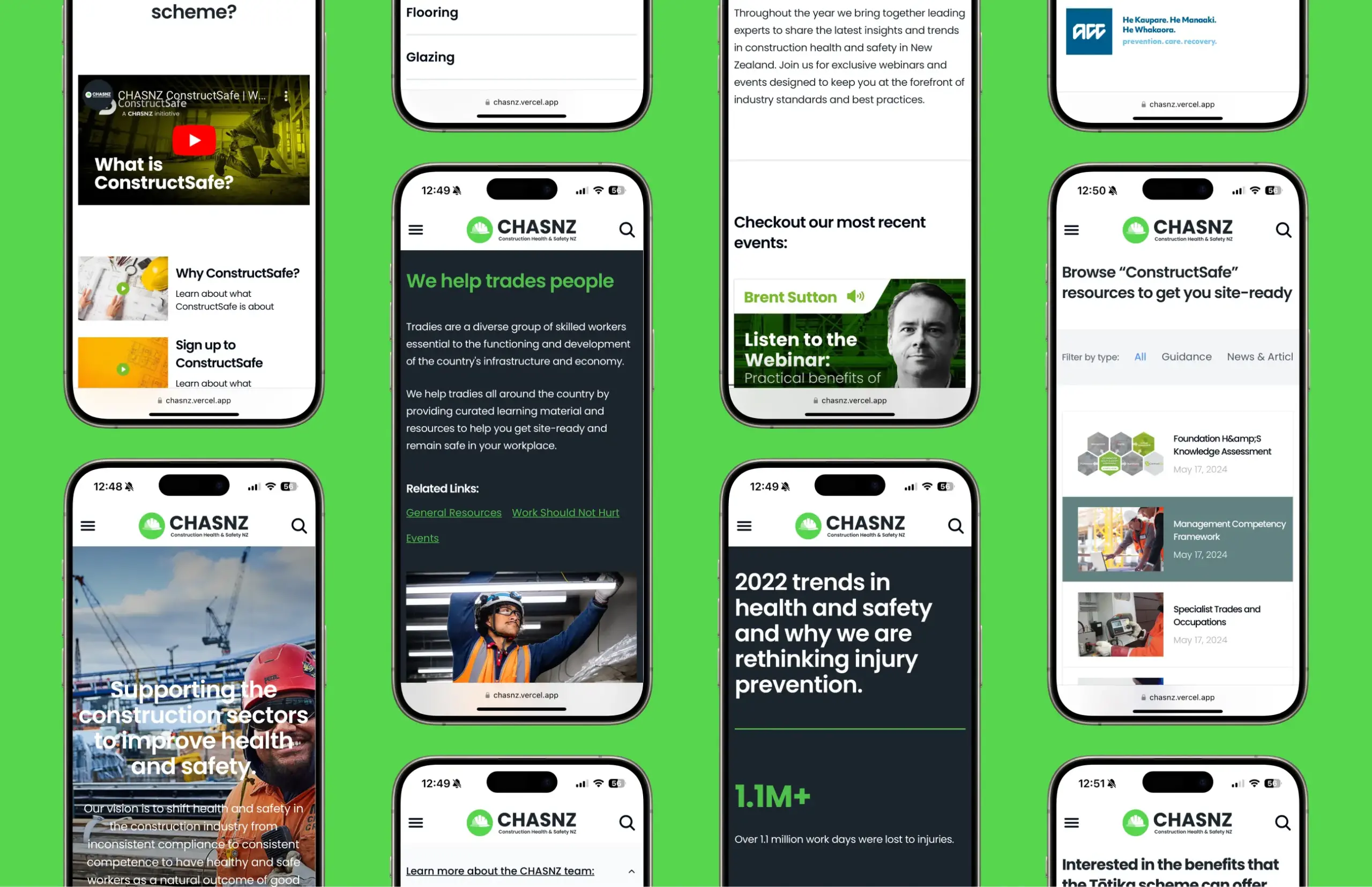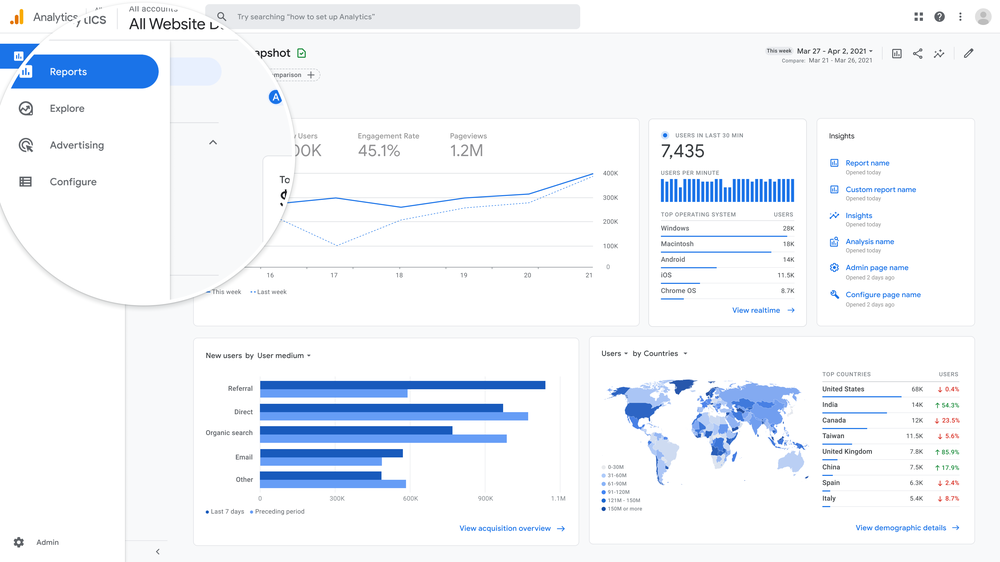By 2025, over 72% of internet users will access the web exclusively via mobile devices. This isn’t just a prediction; it’s a wake-up call. If your website isn’t optimised for the future, you’re leaving money on the table and potential customers at the door.
Website optimisation has transformed into a science – it’s no longer just about aesthetics or keywords. It’s about speed, relevance, and user experience. Let’s break down how to optimise your site for 2025 to ensure you stay ahead of your competition.
The Fundamentals of Website Optimisation
Why Website Optimisation Matters in 2025
Optimising your website ensures you provide a seamless experience for users while meeting the evolving demands of search engines. The key benefits include:
- Higher Search Rankings: Google rewards optimised sites with better visibility.
- Improved User Retention: A fast, mobile-friendly site keeps users engaged.
- Increased Conversions: A well-structured website is more likely to turn visitors into customers.
The Pillars of Optimisation
- Performance: Speed matters. If your site takes longer than 3 seconds to load, 53% of users will leave.
- Responsiveness: Your site must adapt to all devices, especially mobile – So check your website design!
- Content Quality: High-value, user-focused content keeps visitors coming back.
- Technical Soundness: Proper coding, security, and structure ensure smooth operation. Do a quick run through of your websites functionality to see if you can spot any issues users may run into. If you do find some, get in touch with your website development team quick!
Actionable Steps to Optimise Your Website
1. Conduct Comprehensive Keyword Research
In 2025, keywords go beyond search terms. They’re about understanding user intent and tailoring content to meet user needs.
Why is this important? Search engines are becoming increasingly sophisticated, prioritising content that aligns with the specific intentions of users. Your ability to match their intent is key to higher rankings and conversions.
What does this look like? Imagine a user searches for “best budget laptops for New Zealand students.” or “best accounting firms Rotorua” They’re likely seeking comparisons, reviews, and specific product recommendations. Crafting content that answers this query ensures you meet your target audiences, keeping them engaged and improving your chances of ranking.
How to Execute:
- Use tools like SEMrush, Ahrefs, or Ubersuggest to uncover long-tail keywords.
- Explore forums and social platforms to learn the language your audience uses.
- Map keywords to user intent: informational, navigational, or transactional.
Quick Tip:
Avoid cramming keywords. Instead, weave them naturally into headlines, meta descriptions, and content.
2. Enhance Mobile Responsiveness
Google prioritises mobile-first indexing, and so should you. Over 70% of web traffic comes from mobile devices, making mobile responsiveness essential for user satisfaction and search rankings. A site that isn’t optimised for mobile risks alienating users and losing visibility.
An optimised mobile site should have easy-to-navigate menus, touch-friendly buttons, and text that’s readable without zooming. The layout of the web design should adapt seamlessly to different screen sizes, ensuring consistency in user experience.
Checklist for Mobile Optimisation:
- Test your site’s mobile performance using Google’s Mobile-Friendly Test tool.
- Optimise buttons and navigation to be thumb-friendly.
- Avoid intrusive pop-ups; they frustrate users and hurt your rankings.
Quick Tip:
Always test updates on multiple devices and screen sizes to ensure a flawless mobile experience across all web pages.

3. Improve Page Load Speed
The first five seconds of load time impact conversion rates the most. Studies show that a one-second delay in page load time can reduce conversions by up to 7%. As a huge part of technical SEO, fast-loading sites retain website visitors, improve search rankings, and increase overall engagement.
A speedy site loads fully within 2-3 seconds, with optimised images, minimal scripts, and efficient code. Users should feel no lag when navigating between pages.
Steps to Optimise:
- Compress images using tools like TinyPNG or JPEGmini.
- Use a web host with a Content Delivery Network (CDN) to reduce server load.
- Minimise JavaScript, CSS, and other code bloat. This is on the web development side of things making it a bit more technical.
Quick Tip:
Regularly run your website through Google’s PageSpeed Insights to identify and resolve performance bottlenecks.
4. Focus on Search Intent
Align your content with what users are truly searching for. Search engines reward content that satisfies user intent, improving rankings and engagement. Understanding intent helps you create resources that genuinely address what your audience needs to help hit your business goals.
For example, if users search for “how to save money on groceries,” they expect actionable tips and practical advice, not vague suggestions. Content should directly fulfil their expectations while offering unique insights.
Practical Application:
- Analyse the top-ranking pages for your target keywords.
- Create content that directly addresses user questions or needs.
- Use the Skyscraper Technique to make your content better than competitors.
Quick Tip:
Use analytics tools to track user behaviour and refine your content strategy based on their actions and preferences.
5. Build Quality Backlinks
Backlinks remain one of Google’s top-ranking factors. Quality backlinks act as votes of confidence for your website, signalling authority and trustworthiness to search engines. A strong backlink profile can dramatically help your website rank higher.
Effective backlinking involves earning links from reputable sites within your niche. These links should be relevant, natural, and contribute value to your readers.
How to Gain Backlinks:
- Publish unique, data-driven content.
- Leverage guest posting opportunities on reputable sites.
- Use broken link-building strategies to replace outdated resources with your content.
Quick Tip:
Focus on creating content assets like infographics or guides that are highly shareable and likely to attract organic backlinks.
Advanced Strategies for 2025
Getting ahead in 2025 means going beyond the basics. While foundational optimisation ensures your site performs well, advanced strategies give you the edge over competitors. These techniques are designed to maximise engagement, boost rankings, and future-proof your website against evolving digital trends. Let’s explore the strategies that will keep you ahead of the curve.
Invest in Visual Content
Visual content isn’t just a “nice to have” anymore – it’s essential for holding user attention and conveying information effectively. Studies show that visual elements, such as infographics or charts, can boost understanding and retention by 65%, making your content more engaging and shareable.
- Use infographics, charts, and videos to complement written content.
- Ensure images are optimised for fast loading to maintain site speed.
Quick Tip:
Tools like Canva or Piktochart can help you create professional visuals without needing advanced design skills.

Keep Content Fresh
Google loves updated content, and so do your users. Why is this important? Regular updates show that your site is active and relevant, which improves both user trust and SEO performance.
Refresh an older blog post by adding current statistics, updating examples, or even reworking the structure for better readability. Replace outdated images with new ones and ensure all links are still functional.
- Regularly review and update old posts.
- Add new data, images, or examples to keep content relevant.
Quick Tip:
Set a quarterly schedule to audit and refresh your most popular pages to keep them ranking high.
Secure Your Website
Security is non-negotiable in 2025. HTTPS encryption not only protects user data but is also a Google ranking factor. A secure website builds trust and reduces bounce rates.
Ensure your site is HTTPS-enabled, which adds an SSL certificate for encrypted connections. Regularly scan your website for vulnerabilities to stay ahead of potential threats.
- Enable HTTPS to ensure user data security.
- Regularly check for vulnerabilities to maintain user trust.
Quick Tip:
Use free tools like SSL Labs or paid services like Sucuri to monitor and maintain your website’s security.
So – You’d better get to it!
Optimising your website for 2025 isn’t just a recommendation; it’s vital! With the right strategies and tools, you can ensure your website remains relevant, user-friendly, and competitive. Start today, and position your brand for success in the digital age!
Oh, and if you need a hand – Get in touch with the team at Builtflat to see how we can help!
